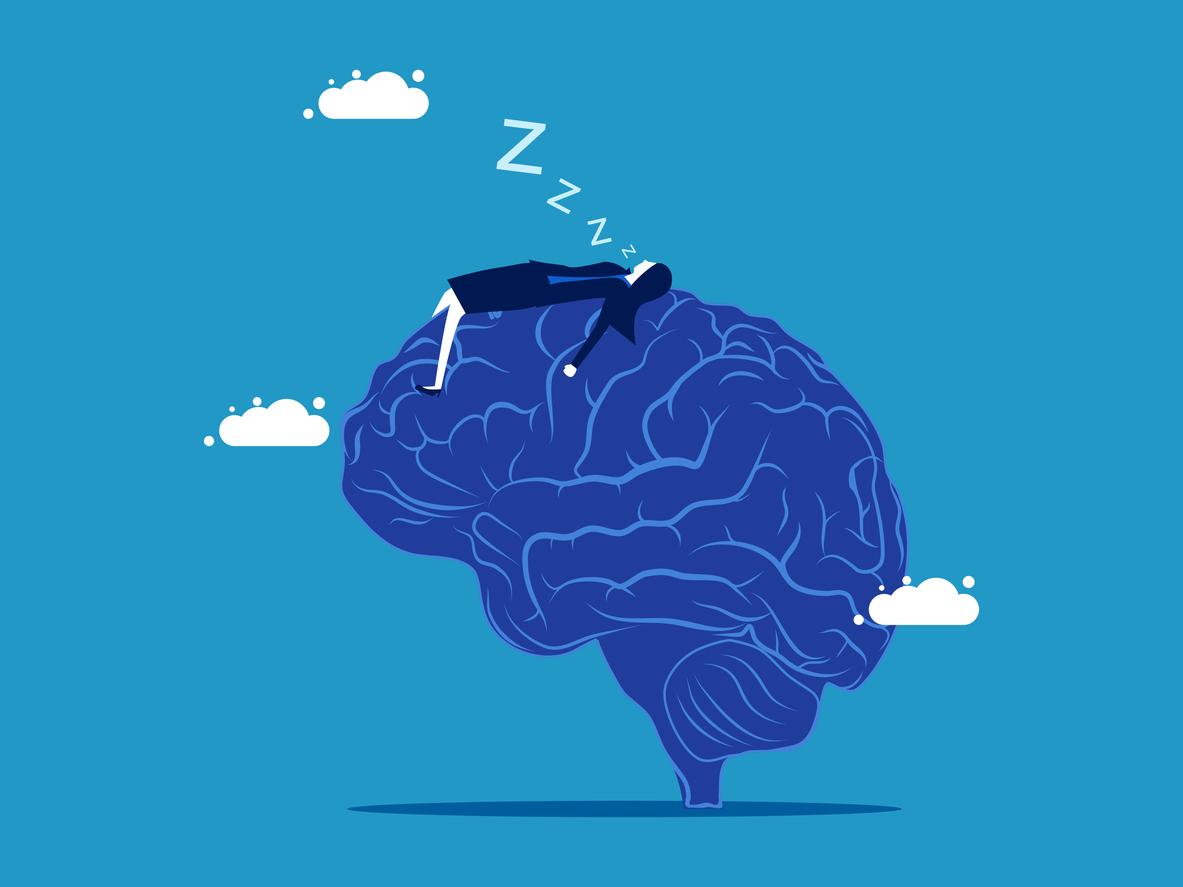Getting up and going to bed late has been linked to an increased risk of cocaine addiction.

- Cocaine consumption can lead to numerous severe complications which can lead to death: neurological, cardiological or vascular, respiratory, psychiatric, infectious, dermatological, ENT disorders, etc.
- For several years, signals have shown an increase in cocaine consumption in France.
- Cocaine addiction is partly linked to waking up and going to bed late, according to a new study.
Cocaine addiction is partly linked to getting up and going to bed late, according to a new study.
“Circadian rhythm disruption has previously been linked to many psychiatric disorders, particularly substance use disorders, because drugs interfere with our sleep-wake cycle,” first explain the authors of the research Jeevan Fernando, doctor at Oxford University Hospital, and Karen D. Ersche, professor of neuroscience at the University of Cambridge.
This study included 90 men, including 48 with moderate to severe cocaine use disorder and 42 healthy men.
All participants were screened for possible psychiatric illness, provided urine samples to assess potential drug use, and completed the Munich questionnaire to assess their sleeping and waking habits.
Cocaine addiction: no more late chronotypes
After analysis, one of the main conclusions of scientists is that late chronotypes (or “the night owls”) were more numerous in the group of cocaine users than in the control group.
It is also interesting to note that a significant number of cocaine users reported switching from an early to a late chronotype between childhood and adulthood, a trend that was not evident in the control group .
“Cocaine users with a late chronotype tend to have started using cocaine at an earlier age,” add the authors of the study. “These findings, combined with the existing literature and our previous work, may suggest that late chronotype is a risk factor for increased drug use. This is also in line with other studies showing that “being a night owl is associated with poorer health and well-being”, they add.
“Understanding changes in chronotype may also provide new avenues for improving health and well-being in cocaine use disorder for which effective treatment has not yet been established “, conclude by the researchers.

Cocaine addiction: a growing trend
1,982 tonnes of cocaine were produced worldwide in 2020, compared to 1,134 tonnes in 2010. France now has 600,000 users, compared to 400,000 in 2010.
“For several years, signals have shown an increase in cocaine consumption, whatever its form, and is accompanied by a “democratization” of its use, driven by a diversification of consumer profiles,” details Public Health France in its latest report on the issue. “Moreover, the number of treatments linked to cocaine consumption in Addiction Care, Support and Prevention Centers (CSAPA) is also on the rise.“, continues the health agency.
The effects of cocaine are strong and do not last very long. Its consumption can lead to numerous severe complications which can lead to death: neurological, cardiological or vascular, respiratory, psychiatric, infectious, dermatological, ENT disorders, etc. “The risk of dependence and the somatic effects associated with taking cocaine can appear from the first intake or for even occasional use,” specifies the Ministry of Health.















